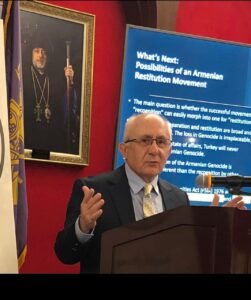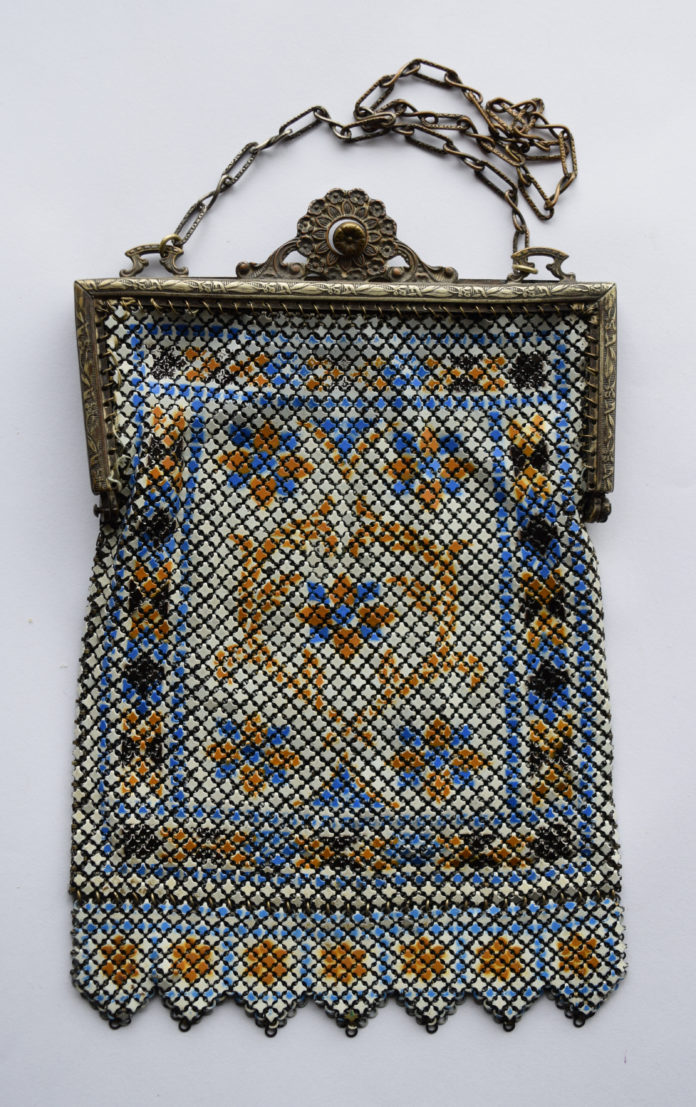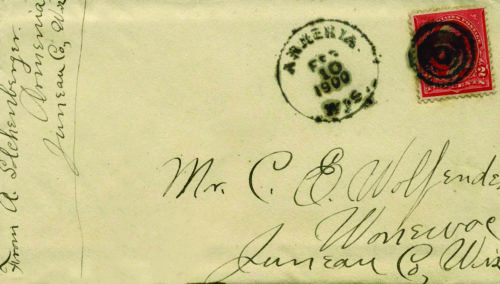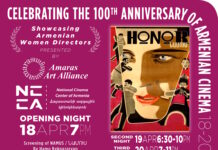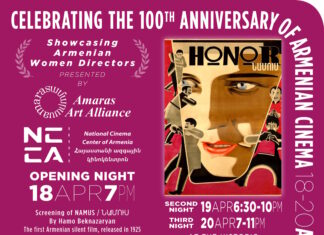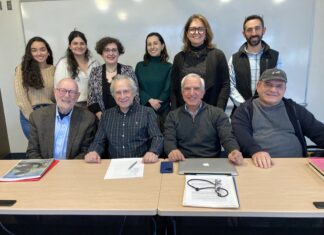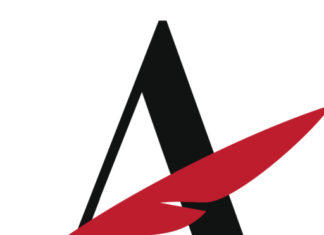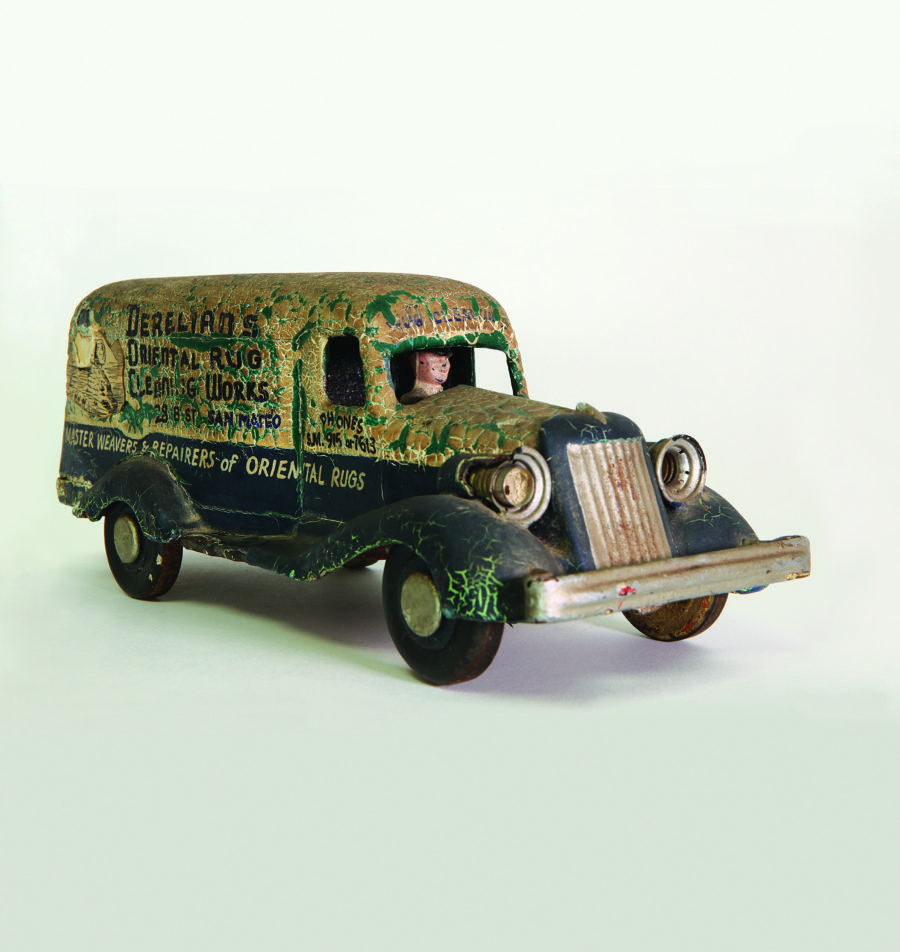
By Aram Arkun
Mirror-Spectator Staff
WATERTOWN — Dr. Hayk Demoyan, a visiting Fulbright Scholar at Harvard University who is director of the Armenian Genocide Museum-Institute, has completed a new volume titled the Armenian Legacy in America: A 400-Year Heritage. This 620-page work, dedicated to the 400th anniversary of the arrival of “Martin the Armenian,” the first Armenian known to have reached America, is in some ways a coffee table book. It presents the history of the Armenian-American community through over 2,200 primarily previously unknown illustrations, comprised of rare documents, photos and artifacts. A handful of these illustrations accompany this present article.
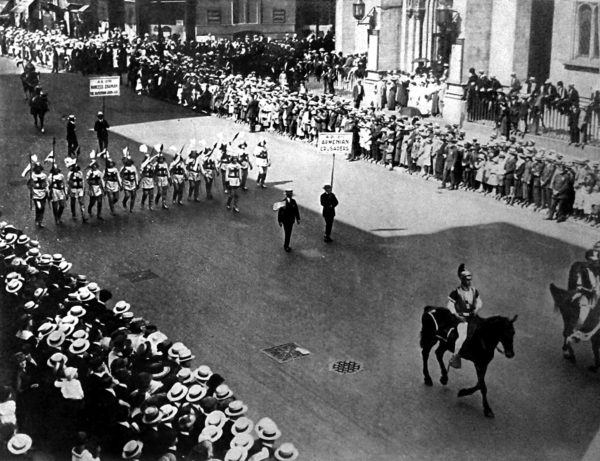
Demoyan became interested in the Armenian-American community when studying American involvement in humanitarian relief during and after the Armenian Genocide. As director of the Armenian Genocide Museum-Institute, he came to Boston and Los Angeles to give some lectures and pointed out the importance of this anniversary of Martin the Armenian, who came to Virginia in 1618. He said this was an opportunity to reexamine the creation of this community and its future, and see if its story can also contribute to understanding the American mosaic. In other words, his work will help the Armenian Americans understand their own history, while also demonstrating to Americans and American studies that Armenians are not an isolated ghetto community but a part of broader American history with their own valuable contributions.
